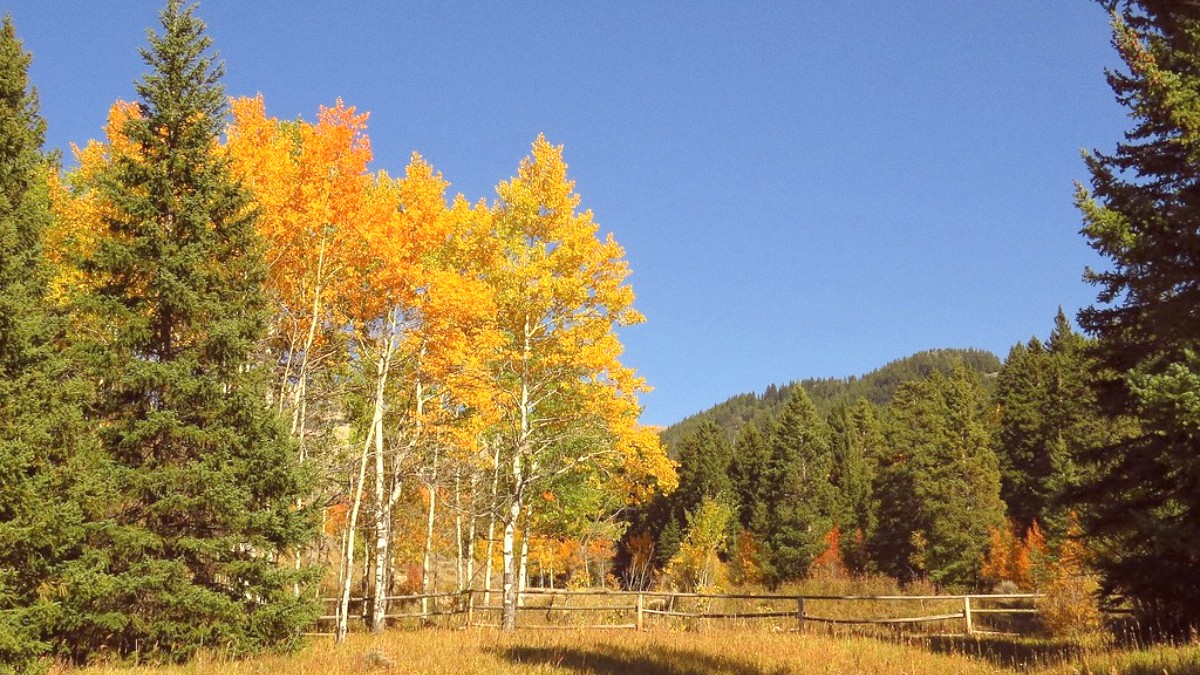
Wyoming, USA
Travel to the Bighorn Mountains, like any destination in the United States, warrants adherence to U.S. Visa and entry regulations. For most international travelers, standard U.S. Visa requirements apply.
Citizens of countries participating in the Visa Waiver Program can travel to the U.S. For tourism or business for stays of 90 days or less without a visa.
All other nationalities require a visa. For tourism purposes, a B-2 (tourism) visa is typically necessary.
The application process calls for completing the DS-160 online nonimmigrant visa application form, paying the application fee, and scheduling an interview at an U.S. Embassy or consulate in your home country. Demonstrate strong ties to your home country and an intent to return after your trip. Processing times vary by country, so apply well in advance.
Critical documentation for entry.
Your passport must be valid for at least six months beyond your period of intended stay in the United States.
A digital passport-style photo meeting specific U.S. Visa photo requirements is necessary.
Evidence for your travel purpose.
Carry copies of your travel itinerary, accommodation reservations, and return flight tickets.
Other documents that support your travel purpose and demonstrate your intent to return to your home country.
Immigration upon arrival.
Upon arrival at an U.S. Port of entry, all international visitors undergo standard immigration procedures.
An immigration officer will review your documents and ask questions about your visit; answer truthfully and concisely.
Travel within the Bighorn National Forest generally does not call for special permits for casual recreation. Day-use fees might apply at some developed recreation sites or specific campgrounds.
Entry into the Cloud Peak Wilderness Area, a designated wilderness, is free. No specific permits are generally necessary for backcountry hiking or camping for personal recreational use. Adhere strictly to Leave No Trace principles.
For visits to multiple National Parks or federal recreation sites, consider purchasing an America the Beautiful Pass for cost efficiency.
Special Use Permits are necessary for commercial activities (e.g., guided tours, filming) or large organized groups.
If planning to hunt or fish, obtain appropriate licenses from the Wyoming Game and Fish Department; these are separate from general entry regulations.
No specific health-related entry requirements for visitors to Wyoming.
Keep digital and physical copies of all important documents (passport, visa/ESTA approval, flight tickets, reservations) separate from your originals.
The cost of your trip varies significantly based on your travel style.
Costs differ by type and location.
Expenses vary by dining choices.
The cost of your trip varies significantly based on your travel style.
| Travel Style | Accommodation (per night) | Meals (per day) | Transportation (Local, daily) | Activities/Miscellaneous (daily) | Estimated Daily Cost (USD) |
|---|---|---|---|---|---|
| Budget Traveler | Camping ($20-30) / Dispersed (Free) | Self-catering/Picnics ($20-30) | Own vehicle (fuel) | Free hiking/scenic drives | $40-60+ |
| Mid-range Traveler | Mid-range hotel/lodge ($100-200) | Mix of self-catering & casual dining ($50-80) | Rental car ($50-100 excl. Fuel) | Guided activities/permits ($30-100) | $200-400+ |
| Luxury Traveler | Upscale lodge/boutique hotel ($250-500+) | Fine dining/gourmet meals ($100-200+) | Premium rental/private transfer ($100-200+) | Guided excursions/exclusive tours ($150-500+) | $500-1000+ |
This section outlines potential risks and preparations for them, specifically given the remote and wild nature of the area.
Ensure routine vaccinations are current: MMR, Tdap, Varicella, Polio, and Influenza.
High altitude UV calls for high-SPF Sunscreen, hats, and UV-protective sunglasses.
Use an effective Insect repellent (DEET-based or picaridin) to deter mosquitoes and ticks.
Altitude Sickness (AMS)
The Bighorns include high elevations. Symptoms of AMS can include headache, nausea, dizziness, fatigue, and shortness of breath. Acclimatize slowly and stay hydrated.
Dehydration: The dry mountain air and increased exertion from outdoor activities contribute to fluid loss. Drink plenty of water throughout the day.
Hypothermia: Mountain temperatures drop rapidly; carry extra insulating clothing. Insect Bites: Mosquitoes, ticks, and biting flies are present, notably near water sources.
Medical facilities are available in larger gateway towns like Sheridan and Buffalo. Services are limited within the forest.
Dial 911 for life-threatening emergencies (medical, fire, crime). This connects you to police, fire, and ambulance services.
Cell phone service is unreliable or absent in much of the Bighorn National Forest. Consider a Satellite messenger for backcountry travel.
Understand the natural hazards present in the Bighorns.
The Bighorns host diverse wildlife. Take precautions for safe encounters.
Avoid surprising animals by making noise while hiking, specifically in dense vegetation.
Bring Bear spray and know its proper use for defense against aggressive bears.
Store all food and scented items properly in bear-resistant containers or hung from trees to prevent animal attraction.